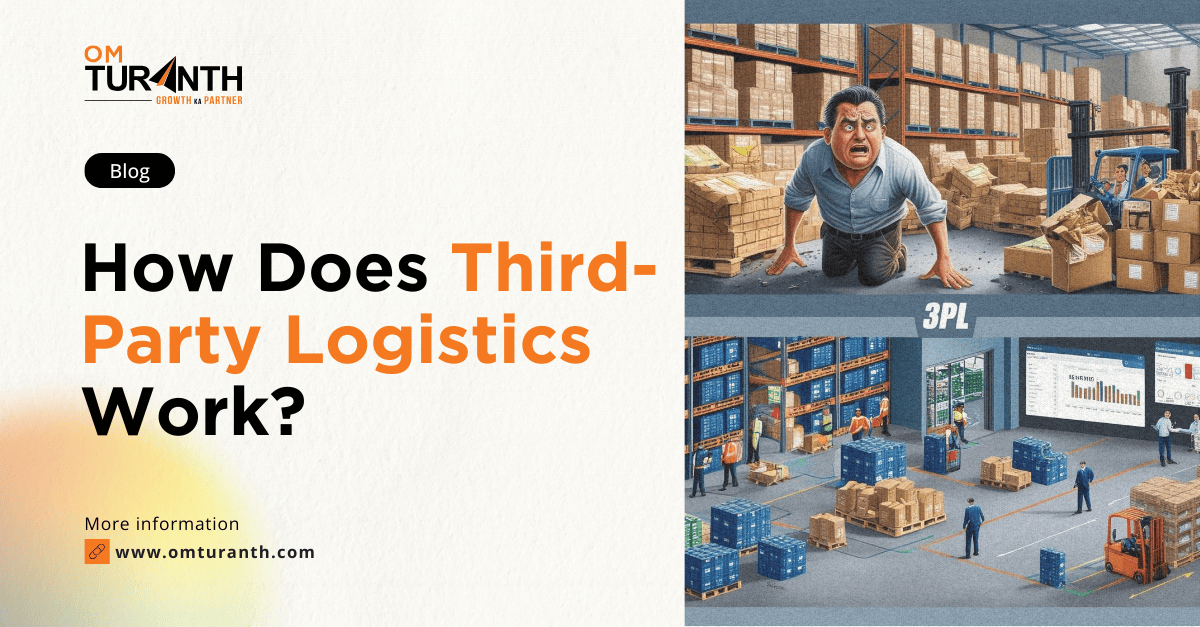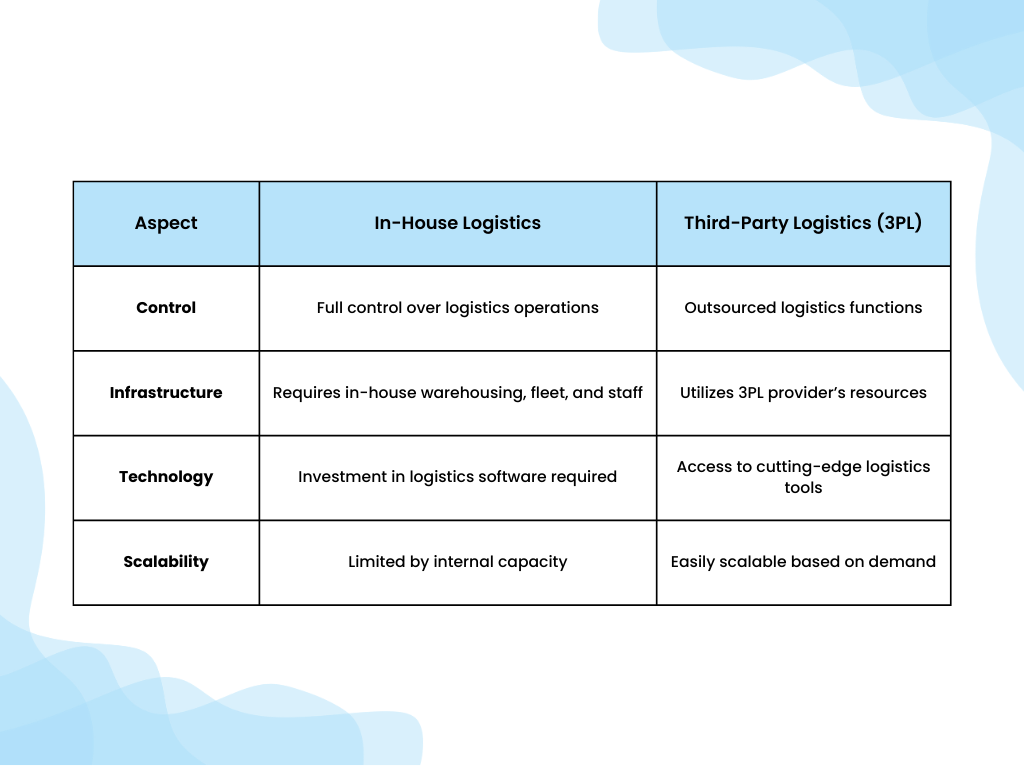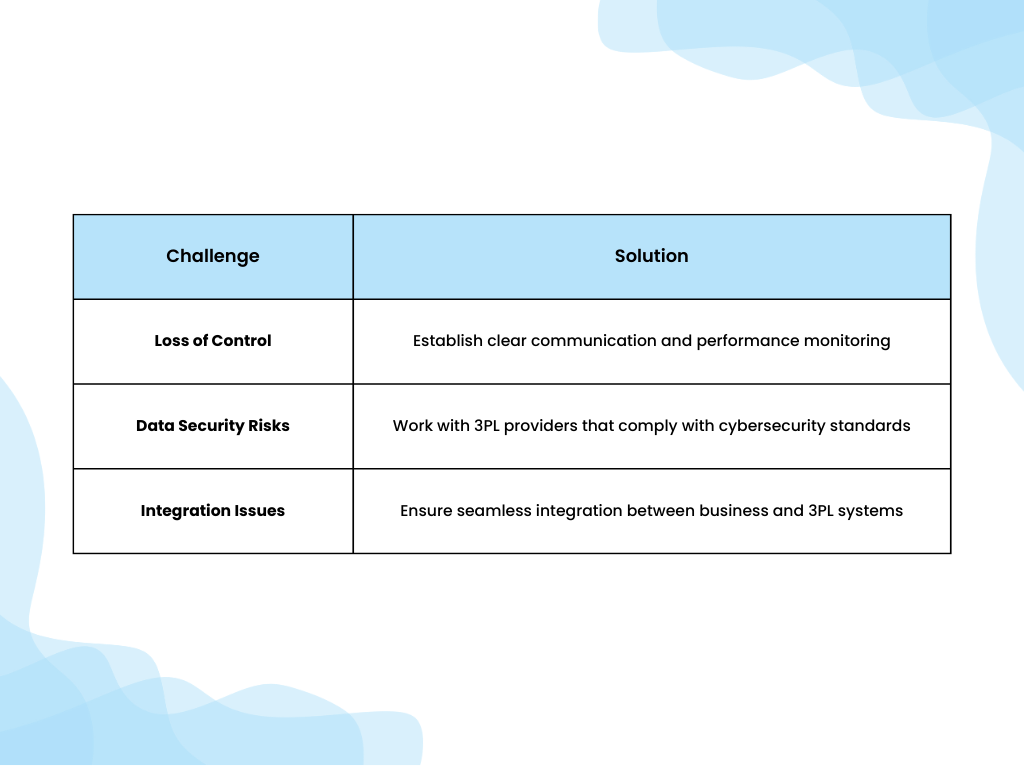How Does Third-Party Logistics Work?

Introduction
In today’s fast-paced global economy, efficient logistics and supply chain management are crucial for businesses of all sizes. From sourcing raw materials to delivering finished goods, every step in the supply chain must be optimized to ensure smooth operations, cost savings, and customer satisfaction.
One of the most effective ways businesses streamline their supply chain is by outsourcing logistics to Third-Party Logistics (3PL) providers. These specialized companies manage transportation, warehousing, distribution, and other logistics services, allowing businesses to focus on their core competencies.
But how exactly does third-party logistics work, and why are so many companies relying on it? In this blog, we’ll explore the role of 3PL providers, their key functions, benefits, challenges, and how to choose the right 3PL partner for your business.
1. What is Third-Party Logistics (3PL)?
Definition and Meaning of 3PL
Third-Party Logistics (3PL) refers to outsourcing logistics and supply chain operations to an external provider. These providers handle various aspects of logistics, such as inventory management, warehousing, transportation, order fulfillment, and distribution.
The Role of 3PL in Modern Supply Chain Management
3PL providers act as intermediaries between businesses and their customers by managing the flow of goods efficiently. They leverage advanced logistics technology, industry expertise, and vast distribution networks to improve supply chain performance.
How 3PL Differs from Traditional Logistics Operations

2. Key Functions of a 3PL Provider
a) Warehousing & Inventory Management
3PL providers offer storage solutions, ensuring that businesses have access to strategically located warehouses for efficient inventory management, order fulfillment, and stock control.
b) Transportation & Freight Management
3PL companies coordinate freight transportation, including freight consolidation and tracking, to ensure goods are delivered efficiently and cost-effectively.
c) Order Processing & Distribution
From picking and packing to last-mile delivery, 3PL providers ensure that products reach customers on time while optimizing supply chain efficiency.
d) Reverse Logistics
Handling returns, repairs, and recycling efficiently is another key function of 3PL, helping businesses manage product returns and customer service challenges
e) Value-Added Services
Some 3PL providers offer additional services like kitting, labeling, quality inspections, and customized packaging, ensuring products are prepared according to business requirements.
3. How Does a 3PL Work?
Step-by-Step Process from Order Placement to Final Delivery
- Order Received – A customer places an order through an online store or business system.
- Inventory Check – The 3PL provider verifies stock availability in their warehouse.
- Picking & Packing – Items are retrieved, packaged, and prepared for shipment.
- Shipping Coordination – The 3PL provider arranges transportation and real-time tracking.
- Final Delivery – Goods are delivered to customers through a preferred carrier.
- Returns Management (if needed) – If a return is initiated, the 3PL handles the reverse logistics process.
The Technology Behind 3PL Operations
3PL companies utilize advanced technologies such as:
- Enterprise Resource Planning (ERP) for managing operations
- Warehouse Management Systems (WMS) for inventory control
- Transportation Management Systems (TMS) for optimizing shipping routes
4. Benefits of Using Third-Party Logistics Services
- Cost Savings & Operational Efficiency – No need to invest in infrastructure, transportation, or technology.
- Access to Advanced Logistics Technology – 3PL providers use sophisticated tracking and automation tools.
- Scalability for Businesses of All Sizes – Easily adjust logistics operations based on market demand.
- Improved Customer Satisfaction – Faster, more reliable deliveries enhance the customer experience.
5. Challenges of 3PL and How to Overcome Them

6. How to Choose the Right 3PL Partner
Key Factors to Consider
- Experience & Reputation – Does the provider have a strong track record in your industry?
- Technology & Integration – Do they offer seamless software integration for tracking and automation?
- Pricing & Cost Structure – Are there transparent pricing models with no hidden fees?
- Customer Support & Reliability – Can they meet your service level agreements (SLAs)?
Examples of Top 3PL Providers
- DHL Supply Chain – Global leader in logistics solutions
- FedEx Logistics – Specializes in freight forwarding and eCommerce fulfillment
- XPO Logistics – Offers advanced supply chain solutions
Conclusion
Third-Party Logistics (3PL) plays a vital role in modern supply chain management, enabling businesses to outsource warehousing, transportation, and order fulfillment for improved efficiency and cost savings. If your company is looking to optimize logistics, exploring 3PL solutions can be the key to unlocking long-term supply chain success.